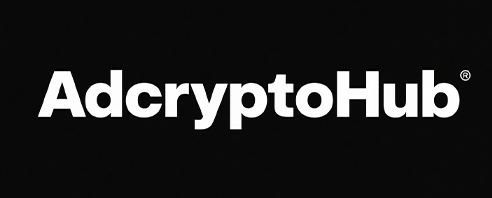
Blockchain Media Advertising and Communication Enforcement Act: A Game Changer for the Digital Era
In the rapidly evolving digital landscape, where misinformation and unregulated advertising have become common pitfalls, the introduction of the Blockchain Media Advertising and Communication Enforcement Act (BMACEA) marks a significant turning point. As a seasoned自媒体 writer with over a decade of experience, I've witnessed firsthand the challenges that media, advertising, and communication face in maintaining integrity and trust. Let's delve into how BMACEA is poised to revolutionize the industry.
The Rise of Misinformation: A Call to Action
The proliferation of fake news and misleading advertisements has eroded public trust in traditional media outlets. According to a recent study by the Pew Research Center, nearly two-thirds of Americans believe that misinformation is a significant problem affecting the country. This is where BMACEA steps in, aiming to establish a robust framework for regulating blockchain-based media advertising and communication.
Blockchain Technology: The bedrock of BMACEA
At its core, blockchain technology provides an immutable ledger that can track transactions and interactions transparently. By leveraging this technology, BMACEA seeks to create a standardized system for verifying ad placements, ensuring that advertisers are reaching their intended audience with accurate information.
Case Study: A Blockchain-Powered Advertising Campaign
Consider a scenario where a major retailer wants to promote its new line of eco-friendly products. By utilizing BMACEA's blockchain-based platform, the retailer can ensure that their advertisements are only displayed on reputable websites and platforms that adhere to strict content guidelines. This not only enhances brand credibility but also reduces the likelihood of exposure to fake news or misleading content.
The Regulatory Framework: Ensuring Compliance
BMACEA introduces a comprehensive regulatory framework that mandates transparency in advertising practices. Advertisers are required to disclose their use of blockchain technology in their campaigns, while publishers must adhere to strict verification processes before accepting ads. This dual approach ensures that both parties are accountable for the content they produce and distribute.
Challenges Ahead: Navigating the Complexities
While BMACEA presents a promising solution to address the challenges faced by media advertising and communication, it's not without its complexities. One significant challenge lies in ensuring widespread adoption among all stakeholders within the industry. Additionally, as blockchain technology continues to evolve, regulators must stay abreast of emerging trends to keep BMACEA relevant.
Conclusion: A Path Forward
The Blockchain Media Advertising and Communication Enforcement Act is more than just legislation; it represents a commitment to rebuilding trust in our digital world. By harnessing the power of blockchain technology and implementing stringent regulatory measures, we can pave the way for a more transparent and accountable media landscape. As we move forward, it's crucial for industry leaders, policymakers, and consumers alike to embrace this transformative initiative and work together towards a more informed future.
By addressing the root causes of misinformation and unregulated advertising head-on, BMACEA offers us hope for a better-informed society where trust is paramount. As we navigate this new era of digital communication, let us remember that together we can overcome even the most daunting challenges.

 한국어
한국어
 简体中文
简体中文
 English
English
 繁體中文
繁體中文
 日本語
日本語
 Español
Español
 Français
Français
 Deutsch
Deutsch
 Italiano
Italiano
 Русский
Русский
 Português
Português
 العربية
العربية
 Türkçe
Türkçe
 ภาษาไทย
ภาษาไทย
 हिंदी
हिंदी
 Bahasa Indonesia
Bahasa Indonesia
 Tiếng Việt
Tiếng Việt







